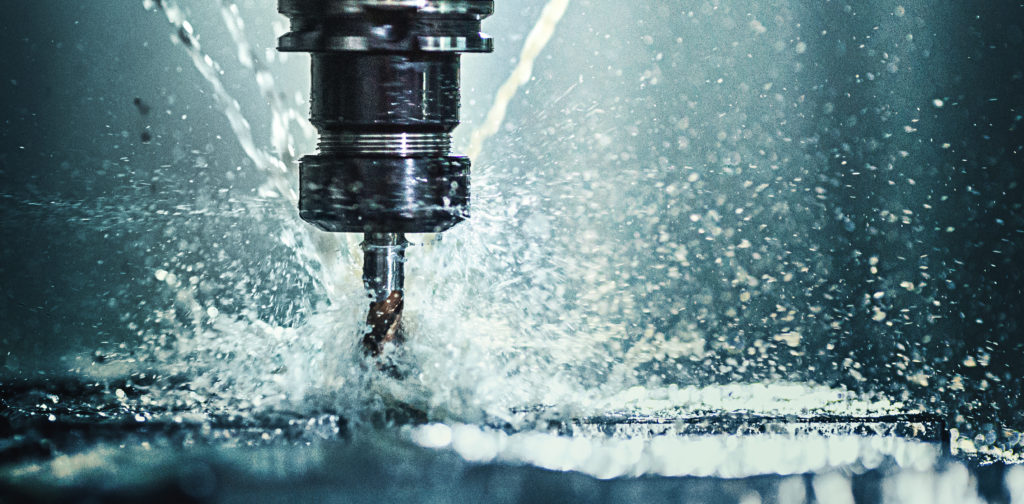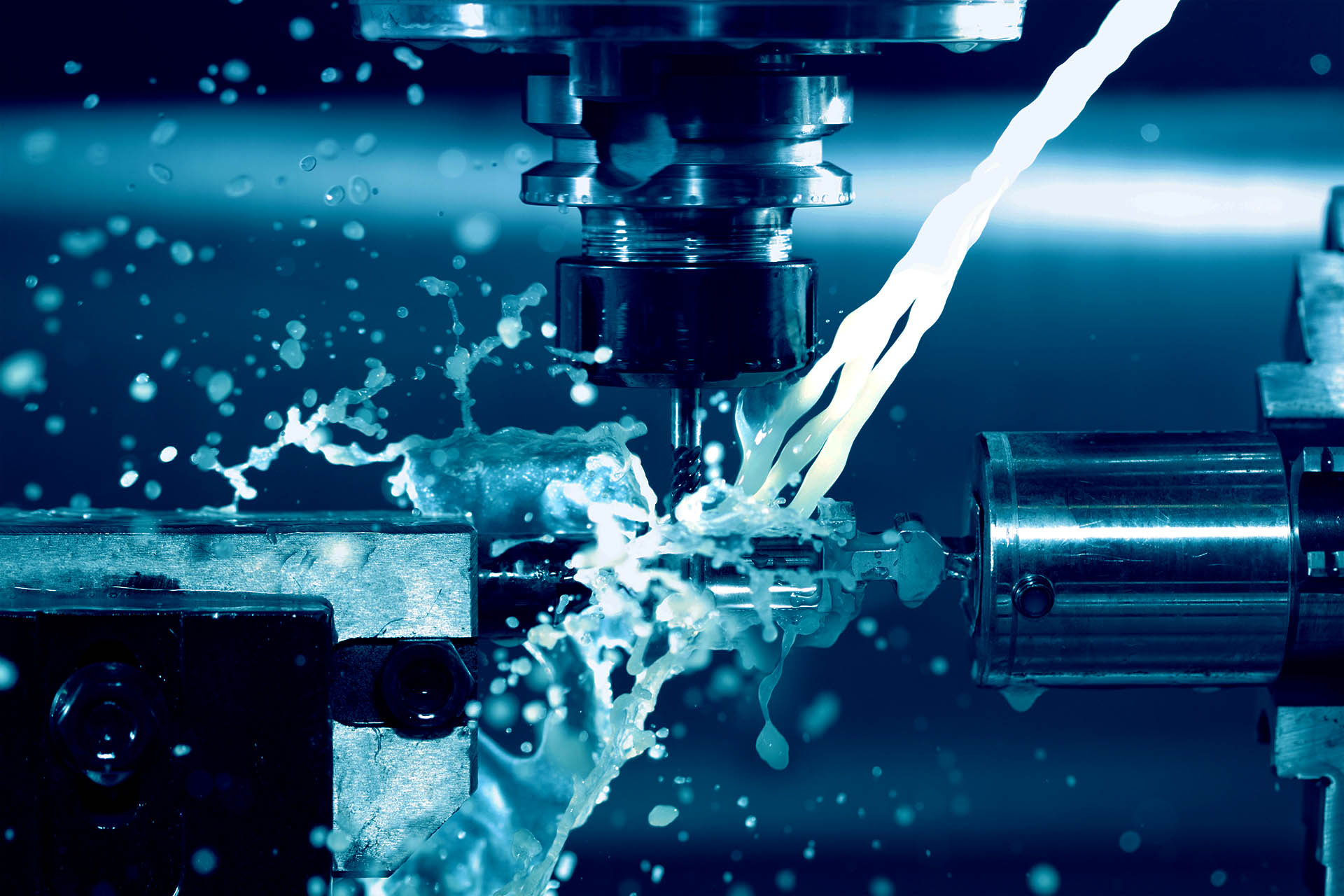Fasteners and Machining: Optimizing Design for Superior Production
Wiki Article
Browsing the World of Fasteners and Machining: Strategies for Precision and Rate
In the intricate realm of bolts and machining, the mission for precision and speed is a perpetual difficulty that demands careful interest to information and calculated preparation. From recognizing the varied selection of bolt kinds to picking optimum products that can endure rigorous demands, each step in the process plays a pivotal duty in achieving the desired outcome.Understanding Fastener Types
When picking bolts for a job, recognizing the numerous types offered is important for guaranteeing ideal efficiency and integrity. Bolts can be found in a large range of kinds, each designed for specific applications and needs. Screws are utilized with nuts to hold materials together, while screws are functional bolts that can be used with or without a nut, depending on the application. Nuts, on the various other hand, are internally threaded fasteners that friend with screws or screws, providing a secure hold. Washing machines are necessary for distributing the load of the bolt and protecting against damages to the material being fastened. Furthermore, rivets are long-term fasteners that are excellent for applications where disassembly is not required. Understanding the distinctions between these bolt types is important for picking the right one for the task, ensuring that the link is solid, resilient, and reliable. By picking the proper bolt type, you can maximize the performance and long life of your project - Fasteners and Machining.
Picking the Right Materials
Comprehending the relevance of choosing the ideal products is paramount in guaranteeing the optimum efficiency and reliability of the selected bolt kinds discussed previously. When it pertains to bolts and machining applications, the material selection plays a crucial function in determining the general toughness, longevity, corrosion resistance, and compatibility with the designated atmosphere. Various products offer varying residential or commercial properties that can dramatically impact the efficiency of the bolts.Usual materials utilized for bolts consist of steel, stainless steel, aluminum, brass, and titanium, each having its one-of-a-kind strengths and weaknesses. Steel is renowned for its high stamina and durability, making it appropriate for a variety of applications. Stainless steel supplies excellent corrosion resistance, perfect for environments prone to moisture and chemicals. Aluminum is lightweight and corrosion-resistant, making it ideal for applications where weight reduction is important. Brass is commonly picked for its aesthetic charm and superb conductivity. Titanium is understood for its exceptional strength-to-weight proportion, making it excellent for high-performance applications. Choosing the best material entails thinking about elements such as strength needs, environmental conditions, and spending plan restrictions to guarantee the wanted efficiency and long life of the fasteners.
Accuracy Machining Techniques

In enhancement to CNC machining, other accuracy strategies like grinding, turning, milling, and drilling play look these up essential roles in fastener production. Grinding helps accomplish great surface area coatings and limited dimensional tolerances, while transforming is commonly used to create cylindrical parts with exact sizes. Milling and boring procedures are important for forming and developing holes in fasteners, guaranteeing they meet specific specifications and feature correctly.
Enhancing Rate and Effectiveness
To optimize fastener manufacturing procedures, it is crucial to simplify procedures and execute reliable techniques that complement accuracy machining methods. One key technique for enhancing rate and efficiency is the application of lean manufacturing principles. By decreasing waste and concentrating on continual improvement, lean practices aid optimize and get rid of traffic jams operations. Furthermore, buying automation technologies can substantially enhance manufacturing rate. Automated Extra resources systems can take care of repetitive tasks with precision and rate, permitting employees to concentrate on more complicated and value-added tasks. Taking On Just-In-Time (JIT) supply management can also enhance effectiveness by ensuring that the right materials are offered at the ideal time, lessening excess stock and minimizing preparations. In addition, fostering a culture of cooperation and communication among staff member can enhance overall performance by promoting openness, analytic, and innovation. By integrating these approaches, suppliers can achieve an equilibrium between speed and accuracy, inevitably improving their one-upmanship in the fastener sector.Quality Assurance Steps
Executing extensive quality control measures is essential in making sure the integrity and uniformity of bolt products in the manufacturing process. Fasteners and Machining. Quality control measures incorporate numerous phases, beginning from the choice of raw materials to the last examination of the ended up fasteners. This involves analyzing aspects such as material composition, toughness, and durability to assure that the bolts fulfill market standards.Normal calibration of tools and equipment is imperative to keep uniformity in manufacturing and ensure that bolts satisfy the needed resistances. Applying stringent protocols for recognizing and attending to non-conformities or issues is essential in preventing substandard items from going into the marketplace. By developing a detailed top quality control structure, makers can promote the credibility of their brand and deliver bolts that meet the highest possible standards of efficiency and longevity.
Final Thought

In the elaborate world of fasteners and machining, the quest for precision and rate is a perpetual image source challenge that demands thorough interest to detail and calculated preparation. When it comes to fasteners and machining applications, the material choice plays a critical function in determining the general stamina, resilience, deterioration resistance, and compatibility with the intended atmosphere. Precision machining involves different innovative techniques that make sure the tight resistances and requirements required for bolts.In addition to CNC machining, other accuracy methods like grinding, transforming, milling, and boring play crucial roles in bolt production.To maximize fastener manufacturing processes, it is vital to improve operations and carry out efficient strategies that complement precision machining methods.
Report this wiki page